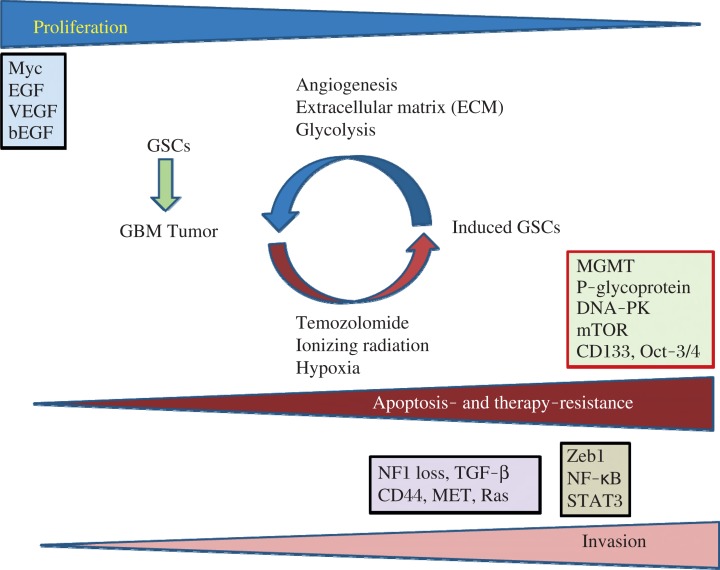Fig. 1. Diagram of proliferation, apoptosis- and therapy-resistance, invasion, and the key pathways in glioblastoma multiforme (GBM) and GBM stem cells (GSCs).
In this model, the very invasive GBM cells have a slower rate of proliferation, but the highly proliferative cells display a less invasive phenotype. GBM progression and development are determined by three main factors: GBM cell proliferation rate, tumor cell migration, and their resistance to apoptosis and anticancer therapy. Several major proteins including Myc, EGF, VEGF, and bFGF (basic fibroblast growth factor) play major roles in GBM cell proliferation state. Microenvironmental factors (niche) including angiogenesis, tumor extracellular matrix (ECM), and anaerobic glycolysis promote repopulation of tumors and play important roles in regulating the rate of GSC production. Furthermore, chemotherapy, ionizing radiation, and hypoxia can trigger epigenetic plasticity and force induction of GSCs which express proteins involved in apoptosis and therapy resistance including MGMT, P-glycoprotein, DNA-PK, mTOR, CD133, and Oct-3/4. Modified from Xie et al.[96].

